Rema-Kalenga Wildlife Sanctuary
Chunarughat, Habigonj.
Rema-Kalenga Wildlife Sanctuary (RKWS) was established in 1982 and later expanded in 1996 to 1,795 hectares. This Sanctuary is located 130 km north-east of Dhaka, in Chunarughat Upazila, in Habiganj District. It is most easily accessed from Srimangal town, and its eastern boundary is the border with Tripura State of India.
The remote and reasonably intact tropical forests of Rema-Kalenga make it of high biodiversity value. Notable mammals include threatened primates (Bengal Slow Loris, Assamese Macaque, Northern Pig tailed Macaque, Phayre’s Leaf Monkey and Capped Langur), endangered Fishing Cat, and nationally rare Black Giant Squirrel. Sadly Leopard and Royal Bengal Tiger are no longer present, but were hunted here into the 1960s. In addition to a wide diversity of forest birds, Rema-Kalenga holds a breeding colony of the critically endangered White-rumped Vulture, whose populations have been decimated since the late 1990s. The Forest Department has designated a large area around and including RKWS as a “vulture safe zone”, and local communities are supporting the ban on lethal veterinary drugs.
Around and inside the sanctuary four ethnic communities – tripura, shantal, telugu and urang communities-have lived for many years. Although these communities are traditionally forest dependent, they are now diversifying and directly involved in protecting the Sanctuary. To the west and north of RKWS are picturesque tea estates.
WHY IS REMA-KALENGA WILDLIFE SANCTUARY IMPORTANT?
Protecting forest in Rema-Kalenga Wildlife Sanctuary stores 370 tons of CO2 per hectare for climate change mitigation
Over 600 species of plants, including 92 of 108 nationally red listed species
High vertebrate diversity, including 196 bird and 20 mammal species
Home to one of the last colonies of critically endangered White- rumped Vulture in Bangladesh
A beautiful lake inside the sanctuary
Four ethnic communities of tripura, shantal, telugu and urang
Local people are poor and depend on forest resources, threatening biodiversity
CO-MANAGEMENT HELPS PROTECT CRITICAL FOREST HABITATS IMPORTANT FOR A WIDE RANGE OF CREATURES AND PLANTS, INCLUDING GLOBALLY THREATENED SPECIES …
Please support Saving White-rumped Vulture (Gyps bengalensis) .
This once familiar bird suffered a catastrophic 99% decline throughout South Asia since 1990 and it is now Critically Endangered. Vultures serve an important function scavenging carcasses, but a drug – diclofenac – used to treat livestock is fatal to vultures. One of the last nesting sites in Bangladesh is protected in Rema-Kalenga and the communities here are enforcing the official ban on harmful veterinary drugs and promoting vulture safe drugs as part of a “vulture safe zone” declared by the government.
Please support Saving Black Giant Squirrel (Ratufa bicolor)
Over a meter long including its long bushy tail, Bangladesh’s largest squirrel lives high in the trees eating fruit, seeds and leaves. Mostly blackish maroon it has creamy underparts. It makes a big round nest of sticks in a tree. Rare and declining in Bangladesh where it is virtually restricted to Rema-Kalenga. Co-management here is helping to protect mature trees and the many creatures that depend on them including the giant squirrel.
Sustaining Nature, Biodiversity, and Local Communities
Rema-Kalenga Co-Management Committee engages with local communities to conserve Rema-Kalenga Wildlife Sanctuary and its threatened species, through climate- resilient natural resources management and diversified livelihoods
Co-management in Rema-Kalenga was established in May 2006 and is recognized through a Ministry of Environment and Forests order published in November 2006. Rema-Kalenga CMC formally works with and includes Bangladesh Forest Department as well as all key local stakeholders including local government and of course representatives of the surrounding 45 villages, who are organized into a common forum. We protect the Wildlife Sanctuary and also promote sustainable land use and livelihoods among these villages.
REMA-KALENGA CO-MANAGEMENT COMMITTEE (CMC)
KEY OBJECTIVES:
- Ensure long-term conservation of biodiversity
- Mobilize local people as environmental stewards and stakeholders
- Improve the lives and livelihoods of local people, by diversifying livelihoods, improving skills, and reducing vulnerability to hazards and climate change
- Encourage eco-tourism, and provide adequate facilities for visitors
- Provide a forum for discussions,consultations, and conflict resolution
How You Can Help ?
Please support our efforts to strengthen conservation. The work of Rema-Kalenga CMC and associated organizations involves local communities working with local government and Bangladesh Forest Department. These activities depend on support from grants and outside resources.
Satchari CMC has a bank account (Pubali Bank Limited, Chunarughat Branch, Habiganj) and can receive grants from domestic sources. For international assistance, funds can be channeled through CNRS – a national NGO which has helped establish the CMC. CNRS is registered with Bangladesh NGO Affairs Bureau no 841. Its programs focus on Natural Resource Management.
Your donations to Rema-Kalenga CMC will support:
- Improving protection of forest and threatened wildlife, through community patrols
- Promoting eco-tourism (e.g. establishing and maintaining visitor facilities and publicizing RKWS)
- Increasing community sustainability (e.g. reducing disaster vulnerability and improving services)
Contacts
President
Rema-Kalenga CMC
Rema-Kalenga WS, Kalenga, Chunarughat, Habiganj
Tel:
Forest Department
DFO, Sylhet Forest Division, Sylhet
Tel: 0821 716358
Member Secretary
Rema-Kalenga CMC
Rema-Kalenga WS, Kalenga, Chunarughat, Habigan
CNRS
Dr. Mokhlesur Rahman
Executive Director, CNRS
Floor 4-6, House 13, Road 17, Block D, Banani, Dhaka 1213
Tel: 01711 549 460
Email:mokhles_cnrs@yahoo.com
Facebook Page
Documents of Rema-Kalenga Wildlife Sanctuary
Rema-Kalenga Wildlife Sanctuary PA Profile
Rema-Kalenga Welcome Board
Map Files
Land Cover Map (RapidEye 2013)


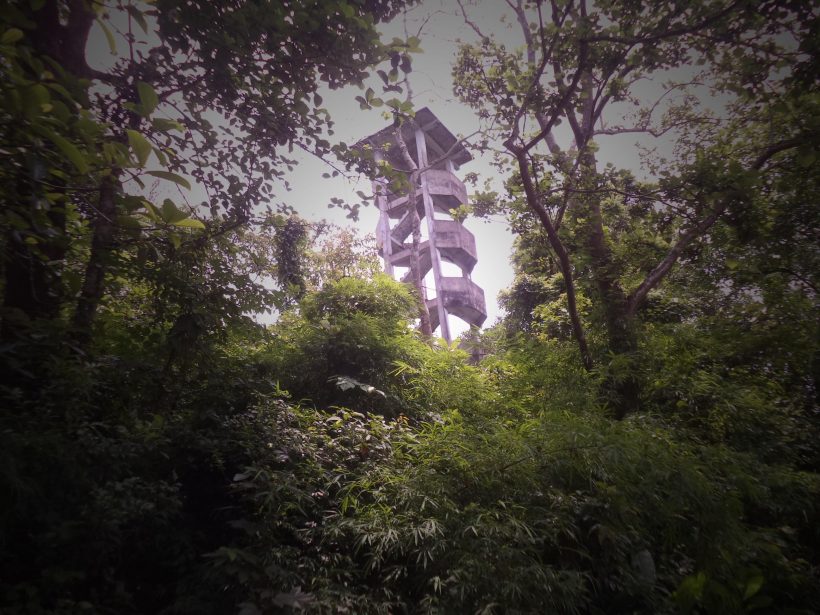
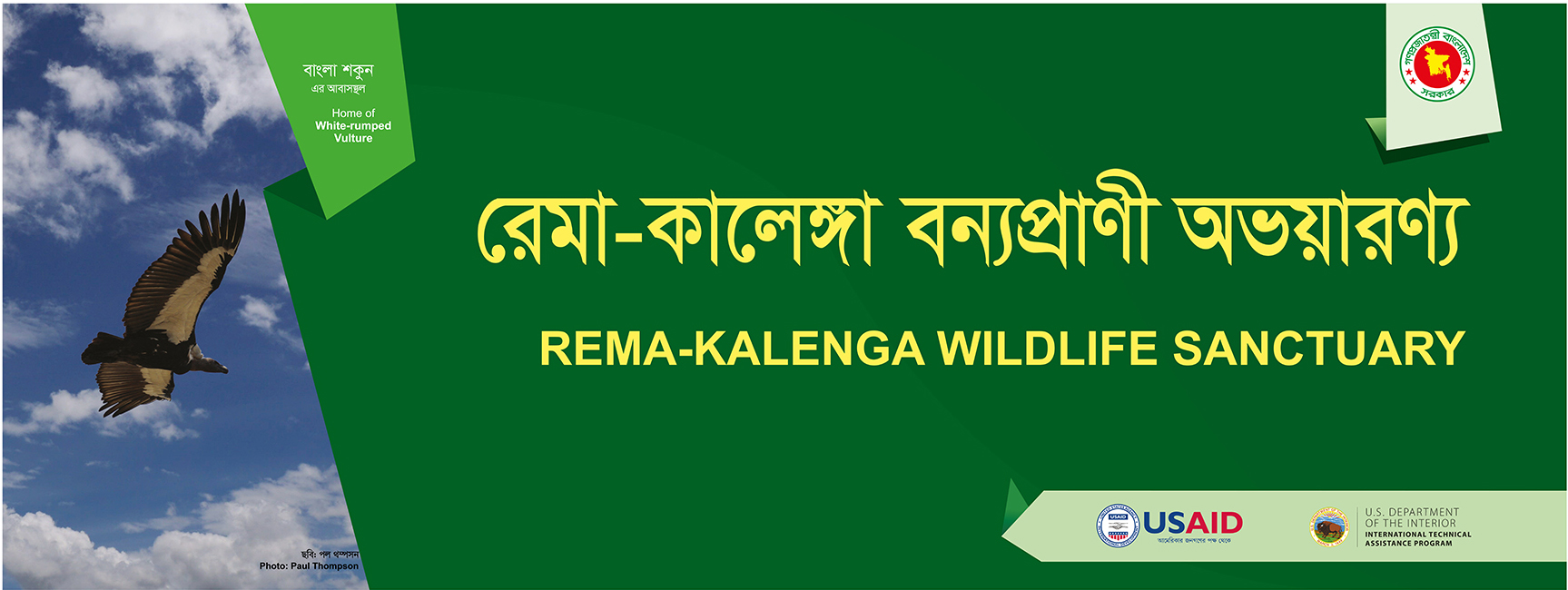
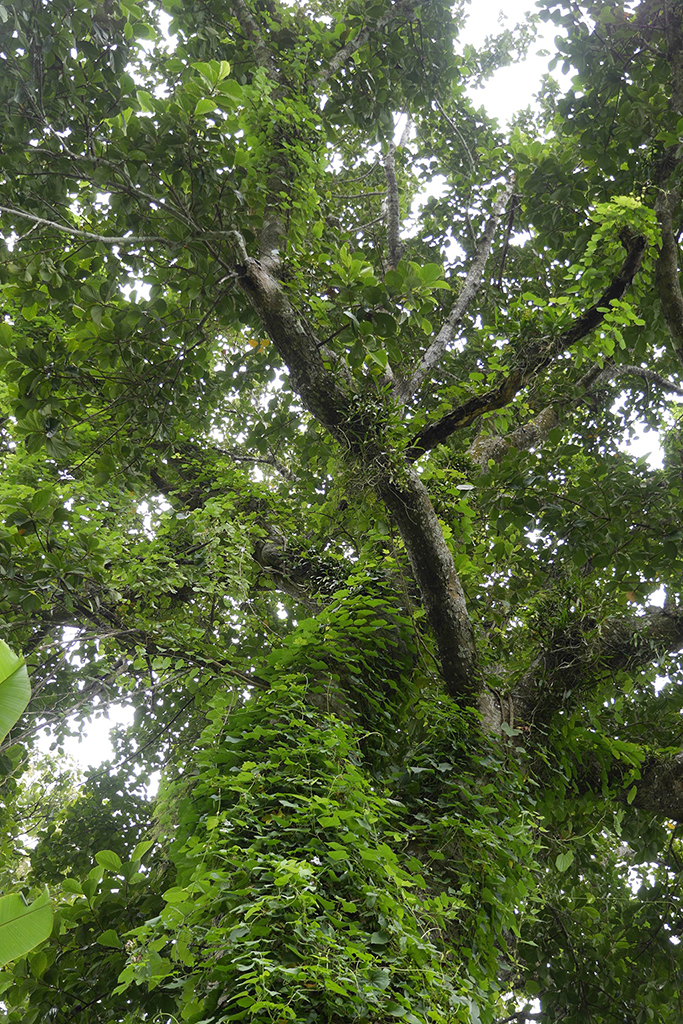
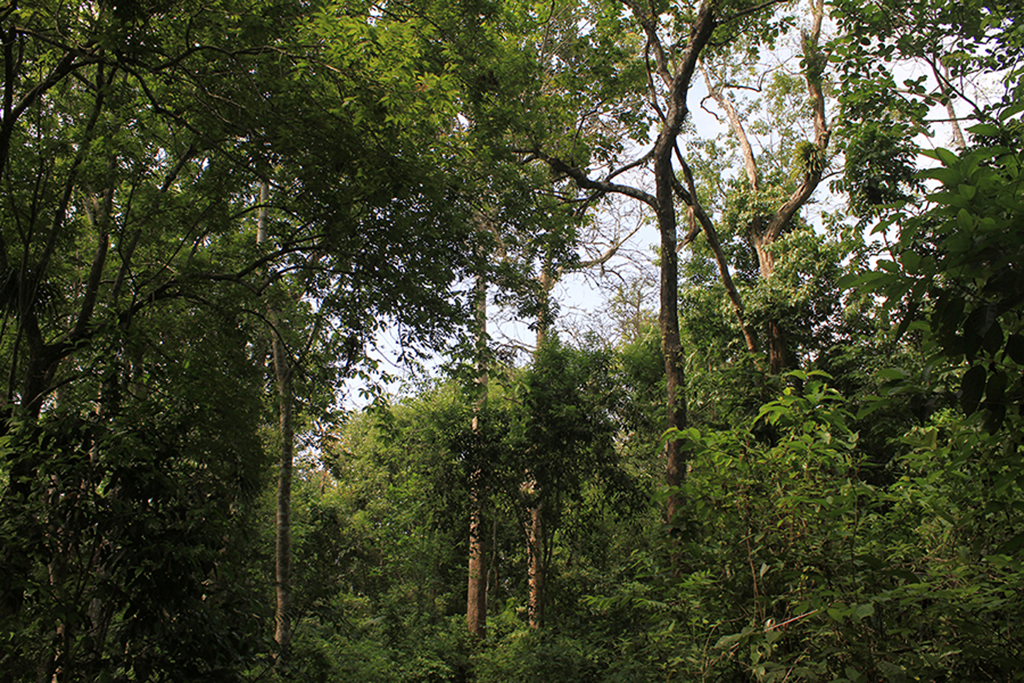
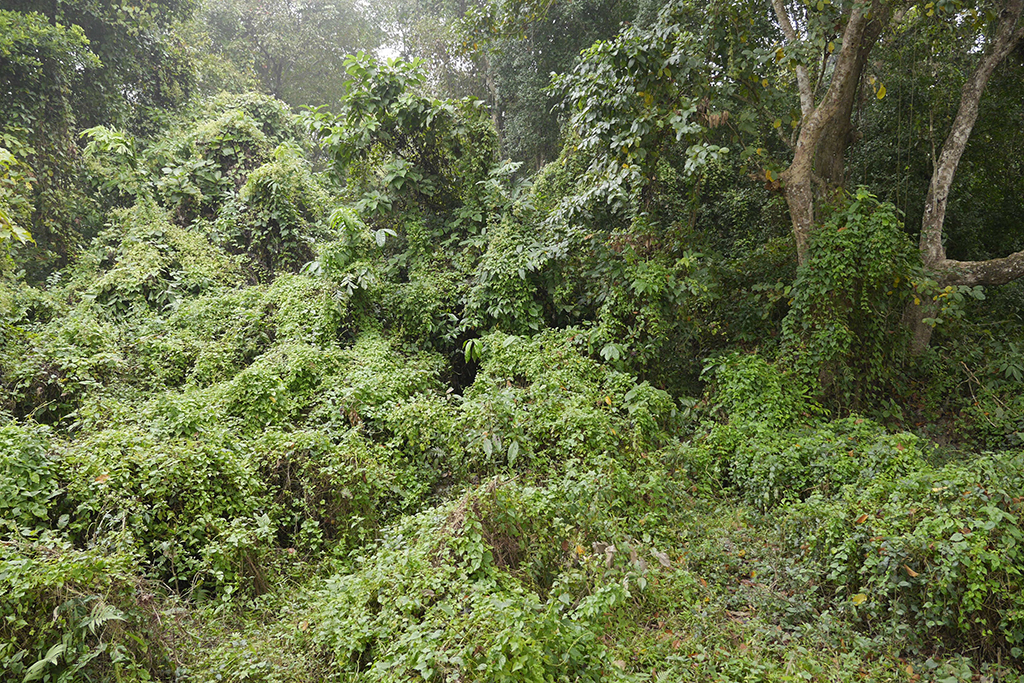
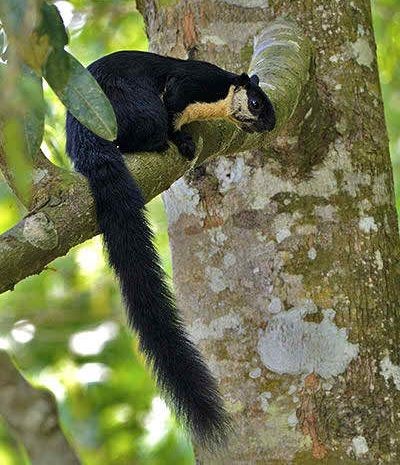


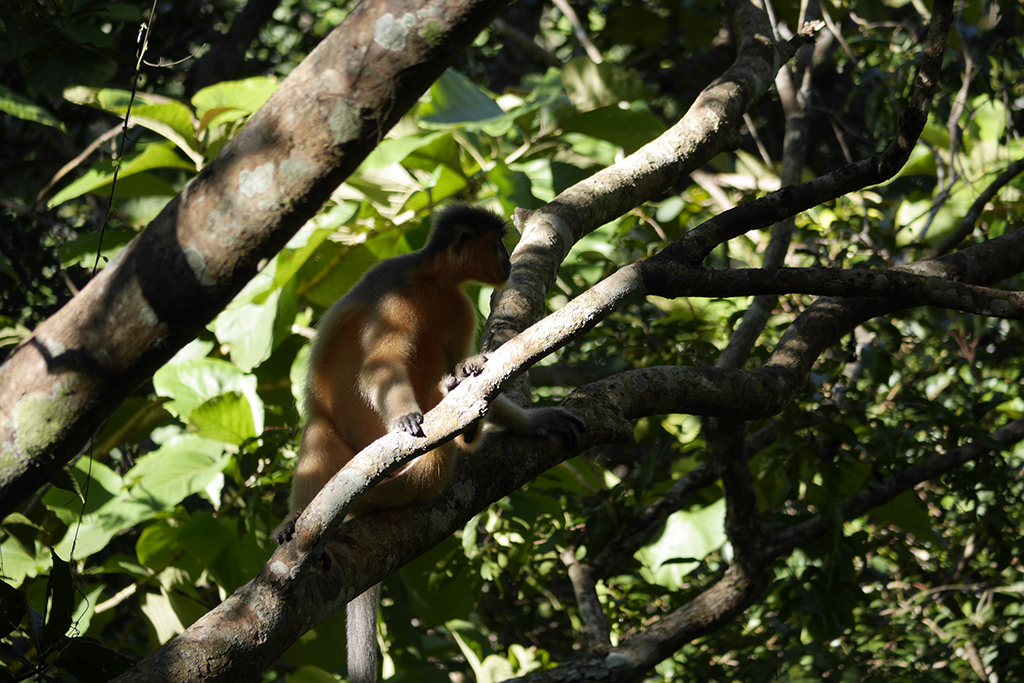

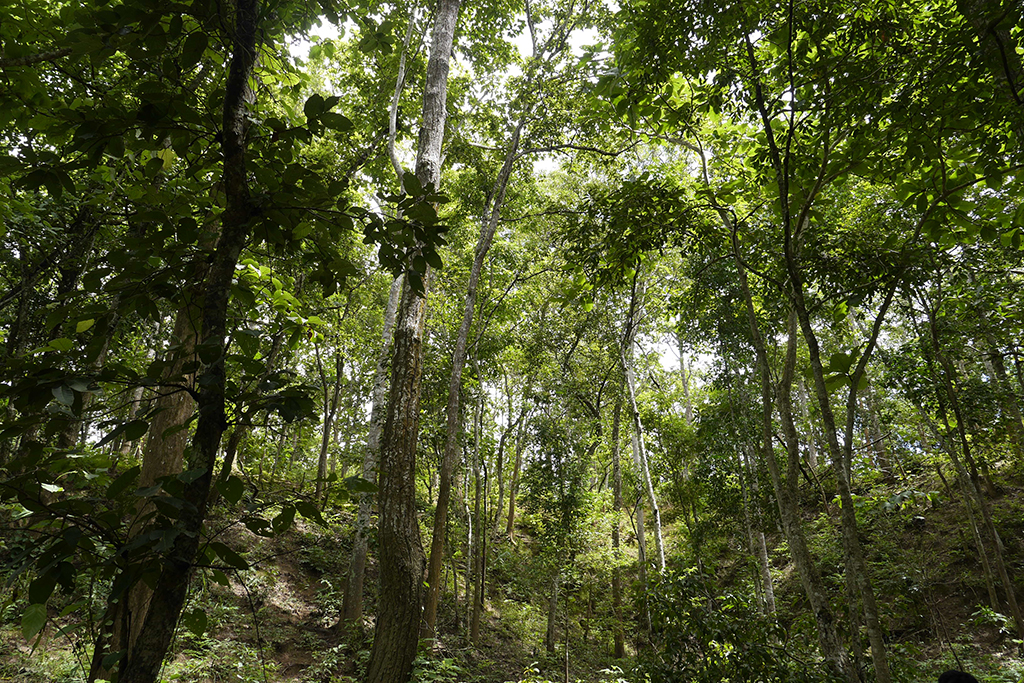
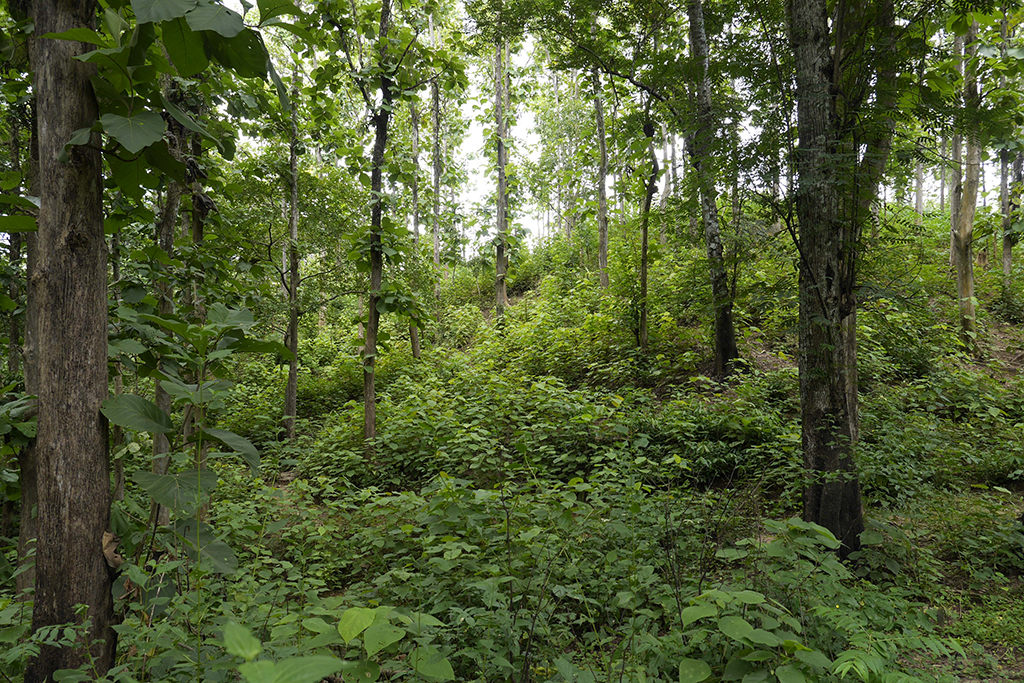
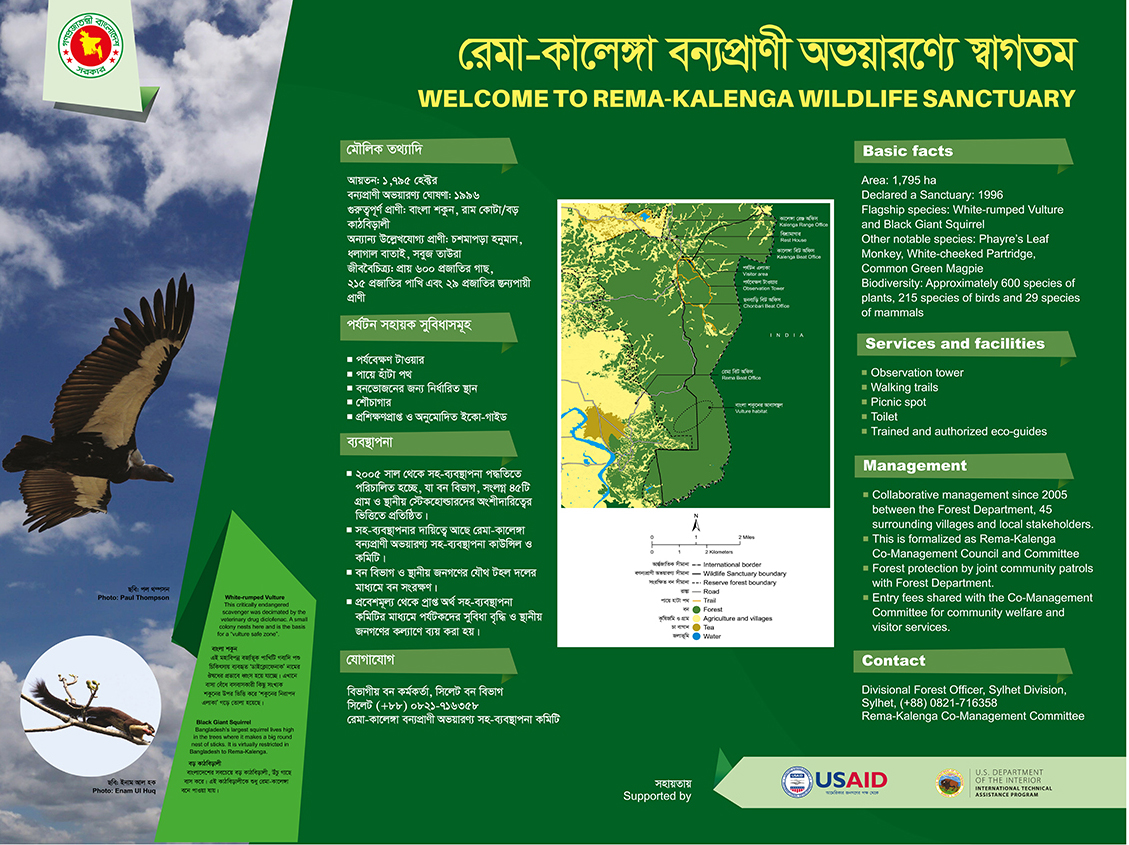
Leave a Reply